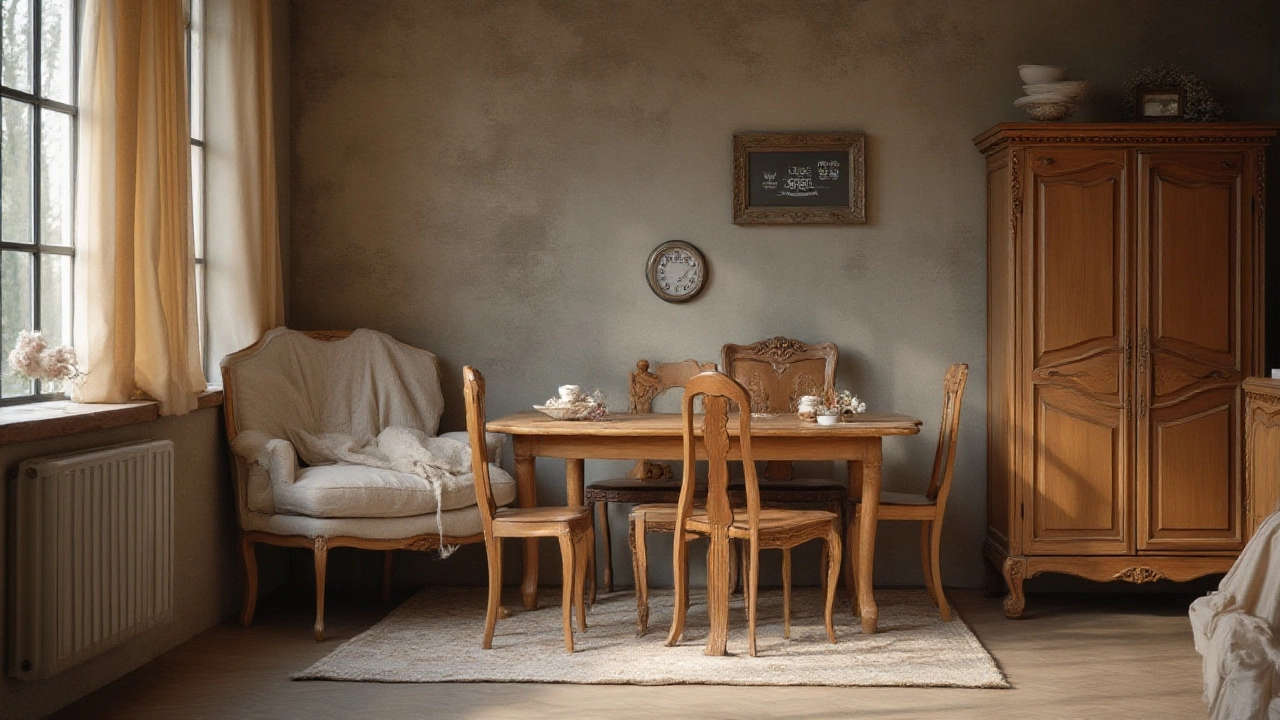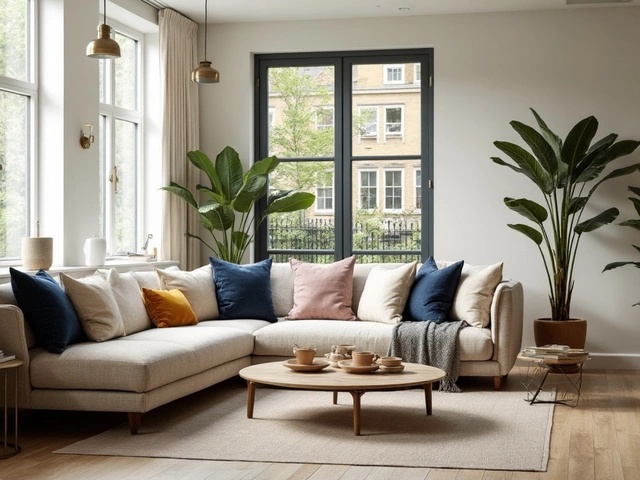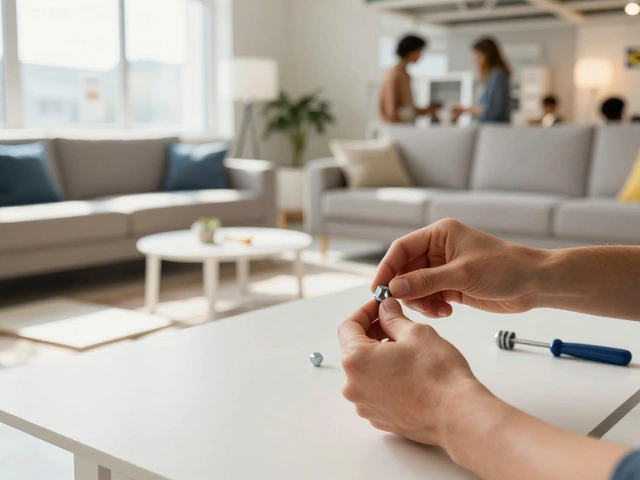Imagine spending top dollar on a beautiful wooden dresser, only to open your storage unit a year later and find it now looks like a pretzel. Warping furniture is one of those headaches owners dread, but few expect until it’s too late. People stuff everything from family heirlooms to leftover IKEA bookshelves into storage units every year, often without a second thought for what might happen inside those walls. But a storage unit isn’t a magic box—your stuff doesn’t hit pause, especially when it comes to sensitive materials like wood. So, what actually happens inside? Which factors ramp up the risk of warped furniture? And what does it take to keep your stuff looking new until you bring it home again? Those are the questions I’ll tackle right here.
Why Does Furniture Warp? Understanding the Real Risks
It’s not like wooden furniture is out to get you. The enemy is, as always, science—specifically, moisture and temperature swings. Wood is hygroscopic, which means it soaks up and releases water based on whatever’s around it. When the air is humid, wood absorbs moisture, expanding across the grain. When it’s dry, that water escapes and the wood shrinks. If those cycles hit the furniture unevenly—say, one side of a table is near a leaky wall and the other isn’t—even sturdy oak can twist into odd shapes.
Here’s a wild stat: the American Hardwood Export Council notes that just a 5% shift in moisture level can make wood expand or shrink by as much as a tenth of an inch per foot. That might sound small, but across the width of a dining table, you’re looking at noticeable bends and cracks. Temperature makes it worse. Fluctuations speed up water movement, meaning rapid swings from cold to hot (think: winter to summer in a basic storage unit) just mess everything up faster.
Another biggie? How the piece is made. Solid wood changes more than plywood or MDF—the glues and resins inside man-made materials help hold things together. Antique pieces, especially those with intricate joints or inlays, are ticking time bombs in the wrong environment. Paint, lacquer, or varnish gives some shield, but it can only slow down—not stop—moisture’s march.
And it’s not just about wood. Ever seen leather crack or plastic turn brittle from heat? Same deal. But wood is the diva here—it’ll let you know it’s unhappy much faster than your metal desk lamp ever will.
To give you a rough snapshot of just how risky storage can get, check out this table showing how temperature and humidity affect wood furniture:
| Factor | Safe Range for Wood | Typical Storage Unit | Damage Risk |
|---|---|---|---|
| Temperature | 60–75°F (16–24°C) | 10–100°F (-12–38°C) | High fluctuation = more warping |
| Relative Humidity | 30–50% | 10–90% | High humidity = swelling; low = cracking |
| Light | Low/None | Low (good!) | Constant sunlight = fading, rarely a problem |
Fun fact: in the US, about 1 in 10 households rents a storage unit, and storage unit companies rake in over $40 billion a year. That’s a lot of furniture at risk if people aren’t careful.
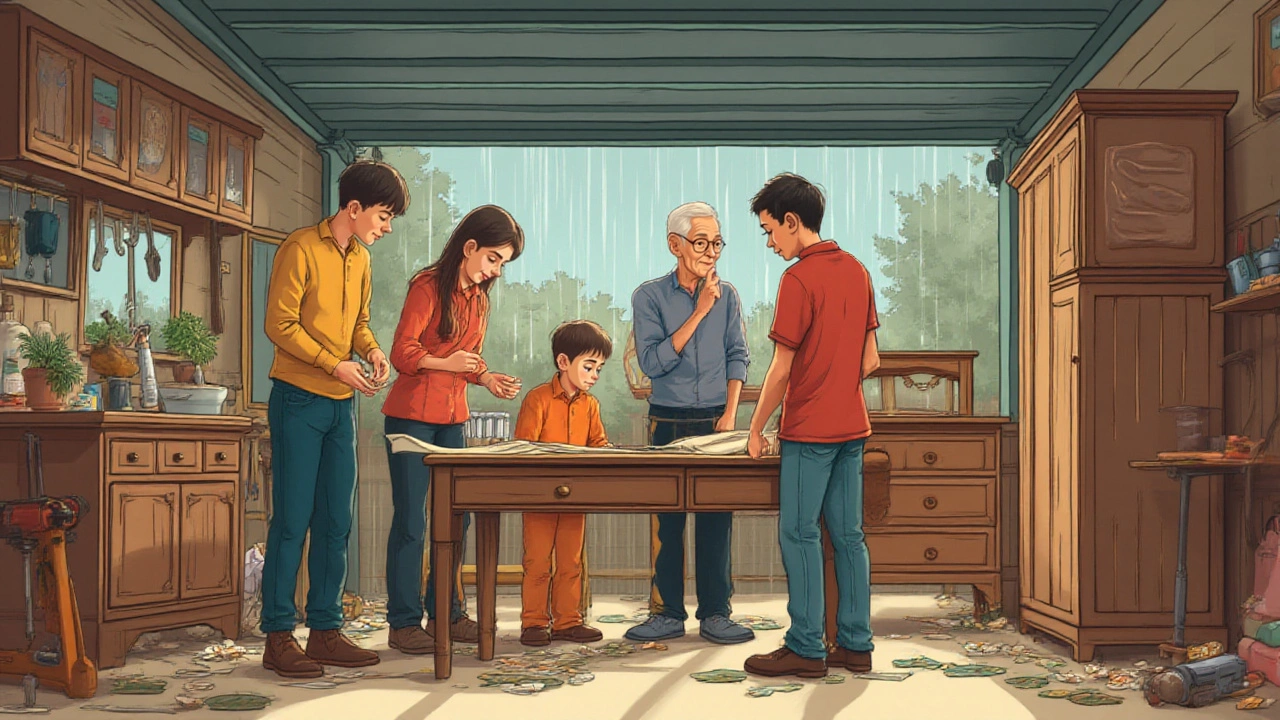
What Type of Storage Unit Should You Choose?
Not all storage units are created equal. The question isn’t just about how much stuff you can jam into a space, but whether that space will play nice with your furniture until it’s time to bring it back home.
There are two main choices for most folks: climate-controlled units and traditional ones. Climate-controlled units keep temperatures and humidity fairly steady, usually hovering between 55–80°F and 30–50% humidity. Regular units? They’re basically just a metal garage—scorched in summer, freezing in winter, with no check against the local weather. If you live in Texas or anywhere humid, a regular unit can feel like a steam room by June, and your solid maple desk gets to sweat right along with you (well, almost).
The trick? Not every furniture item is doomed in regular storage. Resin wicker or cheap flatpack shelves mostly shake off the swings. Kid’s old plastic toy bins? They’ll survive a hurricane. But hand-me-down hardwoods, mid-century sideboards, vintage chairs, or anything that cost more than your phone? Those are the things you really want to protect.
As a dad—my daughter Brielle’s fort-building skills have put every type of furniture to the test—I've seen firsthand how quickly boards can bow just from a little moisture or heat. I’d never trust her hand-painted bookcase in a standard, sweaty storage room.
Another angle is location. Storage units buried inside big buildings—say, third floor or central hallway—face fewer temperature swings than roll-up units right off the parking lot. And if your unit’s south-facing, baking in direct sun every afternoon, that temperature tag climbs even higher. Not cool—literally.
If you’re asking, “Do I really need climate control?” Think about the answer this way: Would you be mad if your stuff was worth less after storage because of warping? If the answer’s yes, go climate-controlled.
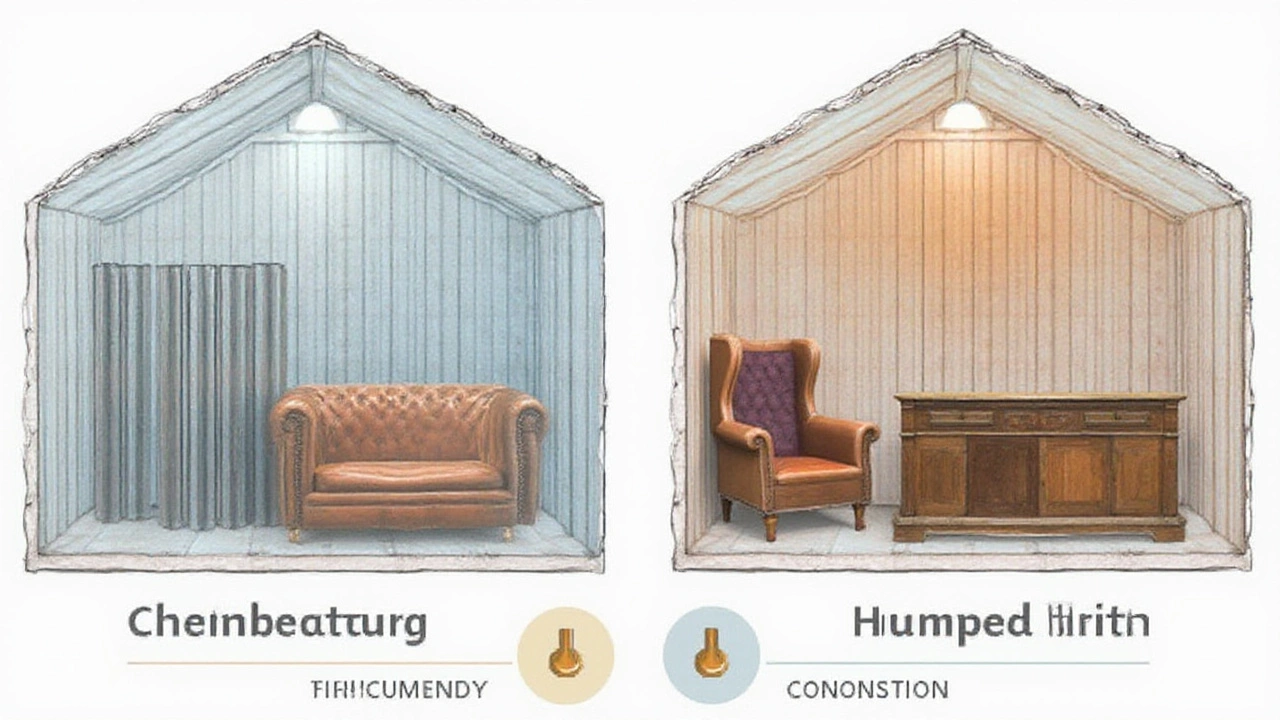
Best Tips for Keeping Furniture Safe in Storage
If you’re already locked into a storage unit—climate control or not—there’s still hope for your couch and bookshelf. A little preparation beats a world of regret (and warped table legs). Here’s what I’ve learned works best:
- Clean everything first. Dust and leftover food attract mildew and pests. Wipe down wood with a dry cloth, and treat with a wood-safe cleaner if you have one.
- Use furniture oil or wax for extra defense—think of it as sunscreen for wood. It helps slow down moisture exchange.
- Disassemble what you can. Take legs off tables, remove cushions from couches, and wrap up small loose pieces. This not only saves space, but lessens the strain on joints.
- Never store furniture directly on the floor. Lay down pallets, cinder blocks, or even sturdy cardboard so air circulates underneath. It stops moisture rising up and warping boards—especially in damp climates.
- Cover furniture, but not with plastic. Plastic traps humidity, turning any condensation into a micro-climate that breeds mold. Use old sheets, cotton blankets, or moving pads. They keep dust off but let furniture breathe.
- If it’s a humid part of the year, toss in a moisture absorber—those silica gel packs or big tubs of DampRid can make a world of difference.
- Stack smart. Heavy items on the bottom, lighter up top, nothing resting at odd angles. Warping happens faster when weight isn’t distributed evenly.
- Keep a gap between big furniture and the unit walls. Units sweat when outside temperatures swing, so keeping air circulating reduces the risk of moisture build-up and mold.
A quick pro tip no one tells you: if you’re worried about wild swings in humidity, buy a cheap humidity gauge online and stash it next to your stuff. Anything above 60% and you should check on your furniture more regularly (or upgrade your storage situation).
Here’s a step-by-step process anyone can follow before storing a prized piece:
- Gently clean the entire surface.
- Dismantle any removable parts.
- Apply wax or furniture oil for extra protection.
- Cover each piece with a cloth that breathes.
- Keep each item raised and leave air space between pieces and walls.
- Add moisture absorbers or a dehumidifier if possible.
- Check on your unit after the first big swing in weather—better safe than sorry.
Want a geeky fact? Museums keep old wooden art in rooms with super-precise humidity—typically no higher than 55%. They know a 10% change can ruin an object that’s lasted centuries. If museums go the extra mile, it makes sense to protect your own stuff too—especially if it’s got value or sentimental punch.
At the end of the day, furniture storage is more about the right set-up than crossing your fingers. If you match the storage option to the item’s value, prep every piece like it matters, and play defense with humidity and temperature, your furniture should come out looking just as sharp as when you put it in. Your future self (or your kid’s future fort) will thank you.
